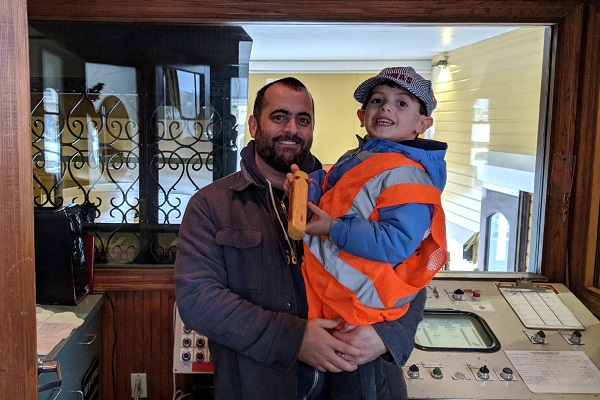
Crazy for inclines: How parents can nurture a small child’s keen fascination
I don’t remember when my son became fascinated with Pittsburgh’s inclines.
It turns out his intense interest in inclines is perfectly normal, according to child behavior experts. Many kids, especially boys, take on unexplained but deep interests in things like trains, dinosaurs, airplanes, cars … But more on those experts later.
First, my son Teddy, who is 4. Anytime I ask what he wants to do during special time with daddy, the answer more often than not is “ride the incline.” For whatever reason, Pittsburgh’s inclines have a special hold on him, as well as the routines that surround our trips there. At the Duquesne Incline, we ride to the top and walk to the “Point of View” statue on Grandview Avenue before returning to ride back down. At the Monongahela Incline, we park in Station Square, walk through the Freight House Shops building, then get a hot chocolate at DiFiore’s Ice Cream Delite up on Mt. Washington.
He never tires of these trips. And I never tire of snapping a photo to share with family and friends on social media. After one such trip – captioned, “Aaaaaaand we’re back” – a former colleague who now works for Port Authority suggested a tour. After all, he reasoned, the kid clearly loves the inclines. Why not nurture that fascination?
Why not, indeed.
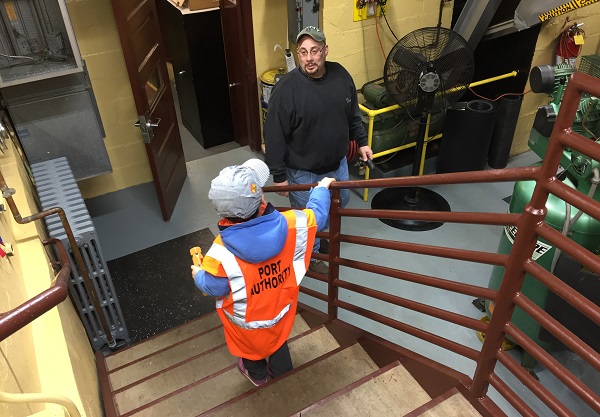
So Teddy and I walked into the Monongahela Incline and found Sean Neiznik, building maintenance supervisor, waiting for us. Neiznik presented Teddy with an orange Port Authority vest, a conductor’s hat and a wooden train whistle. Then he led us below the tracks to look at some incline tools, including a wrench almost as tall as my son.
“Hey, Teddy,” Neiznik said. “This is where we do the cable adjustments!”
Teddy stared with fascination at the thick cable as it towed the lead car up the cliff. Then he blew his whistle. Repeatedly.
The inclines are controlled by computers, “and the computer only controls one car,” Neiznik continued. “This is the lead car. The other is just following. It’s all on one cable.”
Into the incline we went, with Neiznik pointing out more features: The “slow down switch” on the track, which tells the computer to slow the incline from its top speed of 4 or 5 miles per hour so it can ease into the docking area. The metal boxes containing batteries for the incline lights under the seats. And the yellow call box that allows riders to talk to the operator.
At the end of the line, after an elevation change of 367 feet, Neiznik led us into the machine room below the tracks and explained safety measures, including a second cable that would prevent disaster if the primary cable breaks.
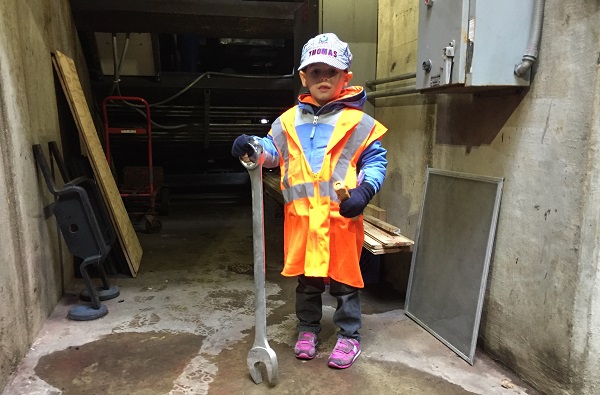
Outside, a steady snow fell, but Neiznik told Teddy that not even a blizzard would shut down Pittsburgh’s inclines. “It’s a beast,” he said of the 148-year-old Monongahela Incline. “Nothing shuts it down.’
Finally, he brought Teddy into the control room.
“See this lever here? OK, you’re going to push it forward and hold it forward. Hold it that way,” he said as the incline started its descent. “There it goes. OK … see the car going down now? You made it move!”
It was a day my son will never forget.
And he retained more than I expected. On our next trip, 10 days later, Teddy parroted everything Neiznik had told him.
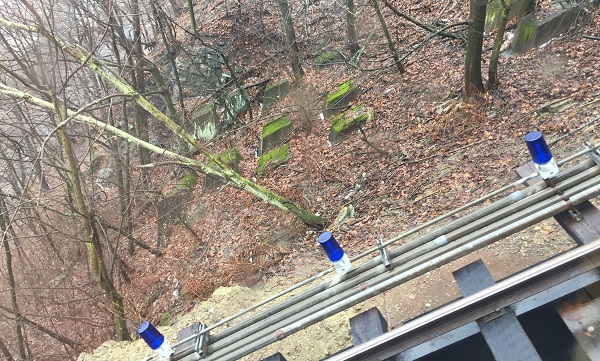
“This happens in kids and it is very typical,” says Dr. Yadira Sánchez, a Duquesne University professor in the School of Education whose work covers supporting curiosity and creativity in children. “They get a sense of curiosity and wonder. We (parents) find it, maybe, unusual and wonder why, but it is very common.”
The American Psychological Association published a study of 177 children in which nearly one-third developed “extremely intense interests.” The study also noted that boys are more likely to develop intense interests, as girls gravitate towards pretend play and art while boys show signs of being “systemizers” and focus on a specific topic in order to better understand it.
But what happens next is up to parents.
And we can do our part by nurturing such interests, Sánchez said.
“There is nothing wrong with having a particular interest unless it’s something harmful like fire,” Sánchez said. “Parents should facilitate or be neutral. Some parents are like, ‘ah, I don’t want to do this,’ but they should look at a skill that we are not seeing now, but as an adult can have a lot of value. They should not discourage, to be sure, but start integrating other skills, like math.
“Interest is vital. It’s what makes us productive. We need that interest.”
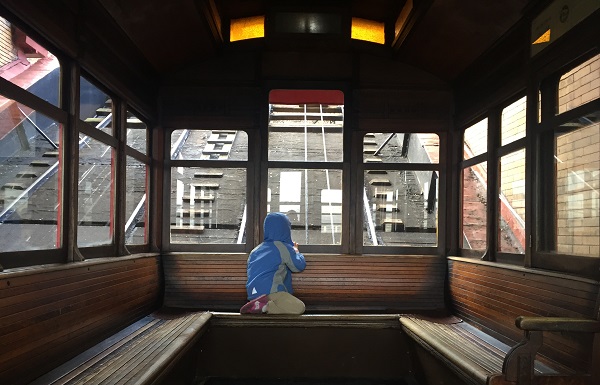
For parents with kids interested in inclines, the Port Authority suggests a guided tour at the Duquesne Incline.
As for me, I intend to continue our regular trips until Teddy loses interest. We’re even planning a trip to Johnstown, home to an even bigger incline than the two here in Pittsburgh.
And I’ll enjoy every trip. It’s fun, even for adults, and maybe his deep fascination with inclines will lead to a career in a field like engineering. Plus, I’m a writer — maybe my son’s “intense interest” will launch a second career for me. I mean, “Teddy the Incline Operator” has a nice ring to it, a kid’s book about a boy whose dream comes true the day he gets to operate an incline …
Does your child have an obsession with dinosaurs, unicorns or another subject? We’d love to hear their stories. Shoot us an email at info@kidsburgh.org!